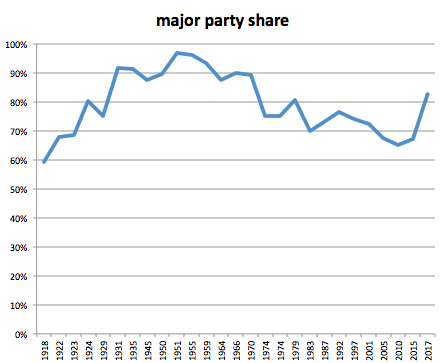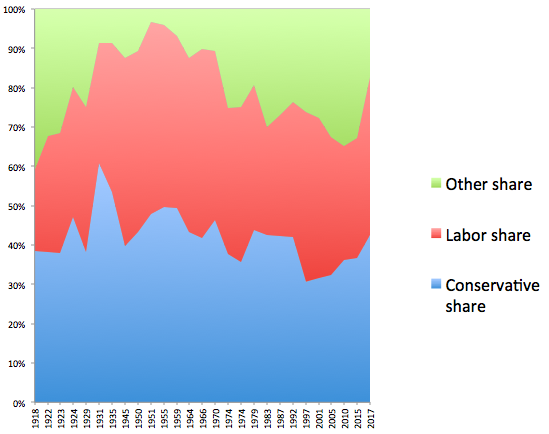- Facebook40
- Total 40
Any social movement needs resources, such as money, existing organizations with members, physical spaces, tools for communication, people with special skills, allies within existing power structures, etc. These resources are somewhat flexible; for instance, you can do without money if you have in-kind assets.
The social movement deploys its resources to organize actions, such as mass meetings, boycotts, strikes, processions, performances and occupations (among many others).
These actions coalesce into larger campaigns, each of which has a narrative arc: origin, growth, crisis, end. A set of campaigns constitutes a true movement with a larger arc. (However, a single campaign can have the spirit of a movement.)
Campaigns accomplish immediate outcomes, to varying degrees. These outcomes include: demonstrating the capacity to enlist and deploy large numbers of people, who are reasonably diverse yet unified behind the cause; sacrificing goods, salary, time, personal safety, or even lives; demonstrating legitimacy, whether of the “respectable” kind (orderly marches led by clergy and parents with children) or more challenging types (occupations by dispossessed people, funerals of martyrs); discussing questions of means and ends within the movement to achieve at least a working consensus on core issues; enforcing tacit norms about what means and ends are appropriate for the movement (e.g., no violence in a nonviolent movement); and communicating with outsiders, at least so that they know the movement’s positions, and ideally so that the outsiders learn from the insiders, and vice-versa.
I’d offer a functionalist explanation for why campaigns seek these immediate outcomes: they confer power. As a result of its actions, the movement can put tangible pressure on target authorities. The powers-that-be lose money due to boycotts, lose elections due to voter mobilization, lose allies who defect to the movement, or lose control of streets and buildings.
It then becomes possible to negotiate an end to a particular campaign, even if the larger movement continues on with new demands and new target authorities. The negotiation may be relatively formal: movement leaders sitting around a table with officials. Or it may be tacit, an understanding that if the law is changed, then most of the protesters will go home. Even if there are formal negotiators, the ultimate success of any settlement depends on its popularity within the movement and within the official institutions.
Some movements fall apart before they can exert enough pressure to negotiate. A few movements do not end with negotiations because they supplant the powers-that-be, becoming the new authorities. I think those cases represent the boundaries of social movement politics, the points at which movements cease to be such.
[See also: what is a social movement?; social movements depend on social capital (but you can make your own); does Occupy Wall Street need a demand?; we need SPUD (scale, pluralism, unity, depth) and Charles Tilly, Social Movements: 1768-2004 (Boulder/London: Paradigm, 2004); Marshall Ganz, “Why David Sometimes Wins: Strategic Capacity in Social Movements,” in Jeff Goodwin and James M. Jasper, Rethinking Social Movements: Structure, Meaning, and Emotion (Lanham, MD: Rowman and Littlefield, 2004) pp.177-98.]

